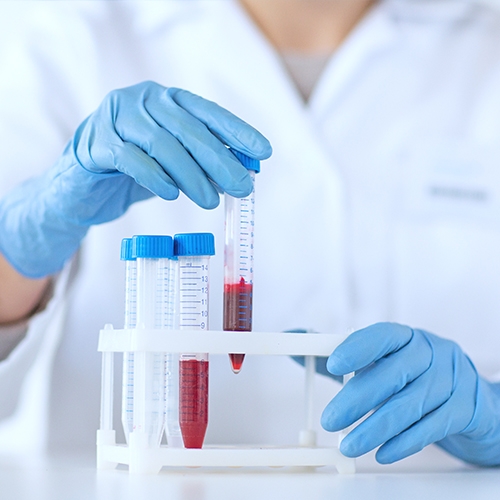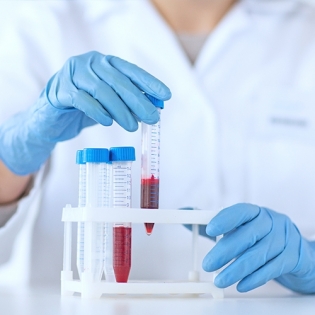Conventional medicinal products once administered will be absorbed, will distribute throughout the human body, and then will be metabolized and excreted or known as ADME. All these aspects of ADME need to be known in humans and animals and are important for the human translation of the nonclinical findings. Oftentimes, once the cell drug products (DP) are administered, the intended access of the target cells will be incorporated in the cytoplasm (plasmids) or in the genetic material of the cell, followed by expression of the gene product or gene suppression, depending on the mode of action. Therefore, the most relevant aspects of the kinetics of a cell drug product (DP) are its distribution into target and nontarget cells, the concentrations reached, and the subsequent concentrations of the DP reached within the sites where distribution is expected, is intended, or has been observed. In this context, as earlier stated, biodistribution studies in the animal model of disease, when possible, may best reflect the human situation.
DETAIL


